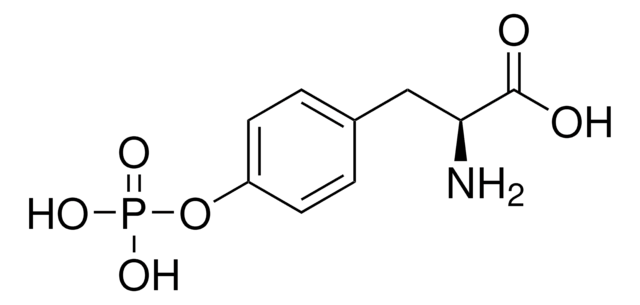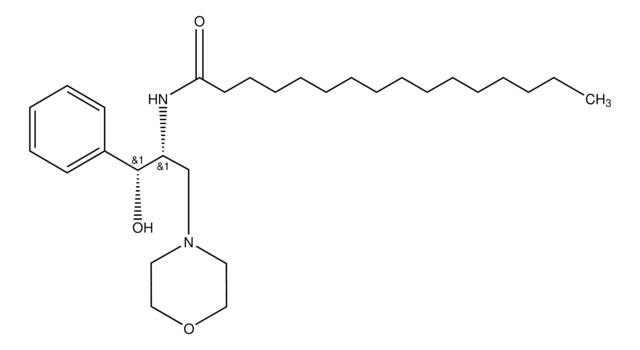24-6070
1-propanolo
JIS special grade
Sinonimo/i:
Alcool propilico
About This Item
Prodotti consigliati
Grado
JIS special grade
Densità del vapore
2.1 (vs air)
Tensione di vapore
10 mmHg ( 147 °C)
14.9 mmHg ( 20 °C)
Saggio
≥99.5% (GC)
Forma fisica
liquid
Temp. autoaccensione
700 °F
Limite di esplosione
13.7 %
Disponibilità
available only in Japan
Indice di rifrazione
n20/D 1.384 (lit.)
pH
8.5 (20 °C, 200 g/L)
P. eboll.
97 °C (lit.)
Punto di fusione
−127 °C (lit.)
Densità
0.804 g/mL at 25 °C (lit.)
Stringa SMILE
CCCO
InChI
1S/C3H8O/c1-2-3-4/h4H,2-3H2,1H3
BDERNNFJNOPAEC-UHFFFAOYSA-N
Cerchi prodotti simili? Visita Guida al confronto tra prodotti
Categorie correlate
Avvertenze
Danger
Indicazioni di pericolo
Consigli di prudenza
Classi di pericolo
Eye Dam. 1 - Flam. Liq. 2 - STOT SE 3
Organi bersaglio
Central nervous system
Codice della classe di stoccaggio
3 - Flammable liquids
Classe di pericolosità dell'acqua (WGK)
WGK 1
Punto d’infiammabilità (°F)
59.0 °F
Punto d’infiammabilità (°C)
15 °C
Certificati d'analisi (COA)
Cerca il Certificati d'analisi (COA) digitando il numero di lotto/batch corrispondente. I numeri di lotto o di batch sono stampati sull'etichetta dei prodotti dopo la parola ‘Lotto’ o ‘Batch’.
Possiedi già questo prodotto?
I documenti relativi ai prodotti acquistati recentemente sono disponibili nell’Archivio dei documenti.
Il team dei nostri ricercatori vanta grande esperienza in tutte le aree della ricerca quali Life Science, scienza dei materiali, sintesi chimica, cromatografia, discipline analitiche, ecc..
Contatta l'Assistenza Tecnica.











